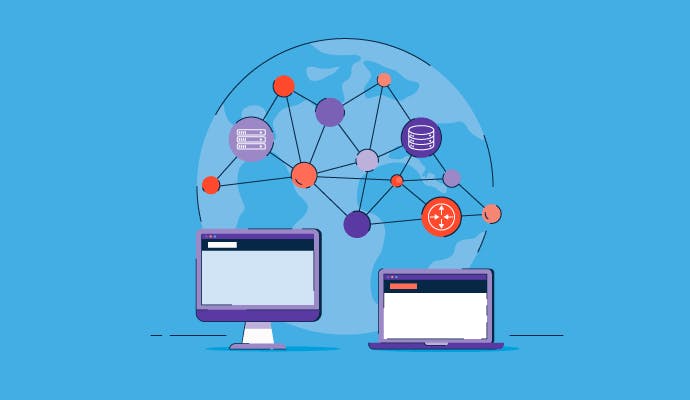Hello there! I am excited to share with you my knowledge about computer networking. As a computer enthusiast, I have been fascinated by how different devices can be connected together to communicate and share information. In this blog, I will be discussing the various components, types, and protocols of computer networking in a way that is easy to understand.

When we talk about computer networking, there are several important components to consider. One of the most crucial is the network interface cards (NICs), which allow computers to connect to a network. Along with NICs, there are also switches that enable the forwarding of data packets between devices, routers that connect multiple networks together, cables that connect devices on a network, and wireless access points that allow wireless devices to connect to a network.

Computer networking consists of several components that work together to create a network. These components include:
Network Interface Cards (NICs): NICs are hardware devices that are installed on computers to connect them to a network. They enable computers to communicate with each other over the network.
Switches: Switches are devices that connect multiple devices on a network. They are responsible for forwarding data packets between devices.
Routers: Routers are devices that connect multiple networks together. They are responsible for routing data packets between networks.
Cables: Cables are used to connect devices on a network. The most common types of cables used in computer networking are Ethernet cables.
Wireless Access Points (WAPs): WAPs are devices that enable wireless devices to connect to a network.

Types of Computer Networking 🤔
There are several types of computer networking, each with its own advantages and disadvantages. The most common types of computer networking are:
Local Area Network (LAN): A LAN is a network that connects devices in a small geographical area, such as an office or a building.
Wide Area Network (WAN): A WAN is a network that connects devices in different geographical locations. The internet is an example of a WAN.
Metropolitan Area Network (MAN): A MAN is a network that connects devices in a metropolitan area, such as a city.
Personal Area Network (PAN): A PAN is a network that connects devices that are located in close proximity to each other, such as a smartphone and a laptop.
Computer Networking Protocols 😍
Computer networking protocols are the set of rules that govern how data is transmitted over a network. The most commonly used protocol is Transmission Control Protocol/Internet Protocol (TCP/IP), which is responsible for breaking data into packets and routing them to their destination. User Datagram Protocol (UDP) is another protocol that is used for transmitting data that does not require the reliability and order of TCP/IP. Other protocols like File Transfer Protocol (FTP) and Simple Mail Transfer Protocol (SMTP) are used for transferring files and sending and receiving email messages respectively.

Interesting Alright!
In conclusion, computer networking is a crucial component of modern computing and understanding its various components, types, and protocols is important for anyone who wishes to gain a deeper appreciation of how networks work. As technology continues to advance, it is essential to keep up with the latest developments in computer networking to remain relevant in today's interconnected world.

Thanks for reading my Blog!
Don't Forget to Comment ✌️
